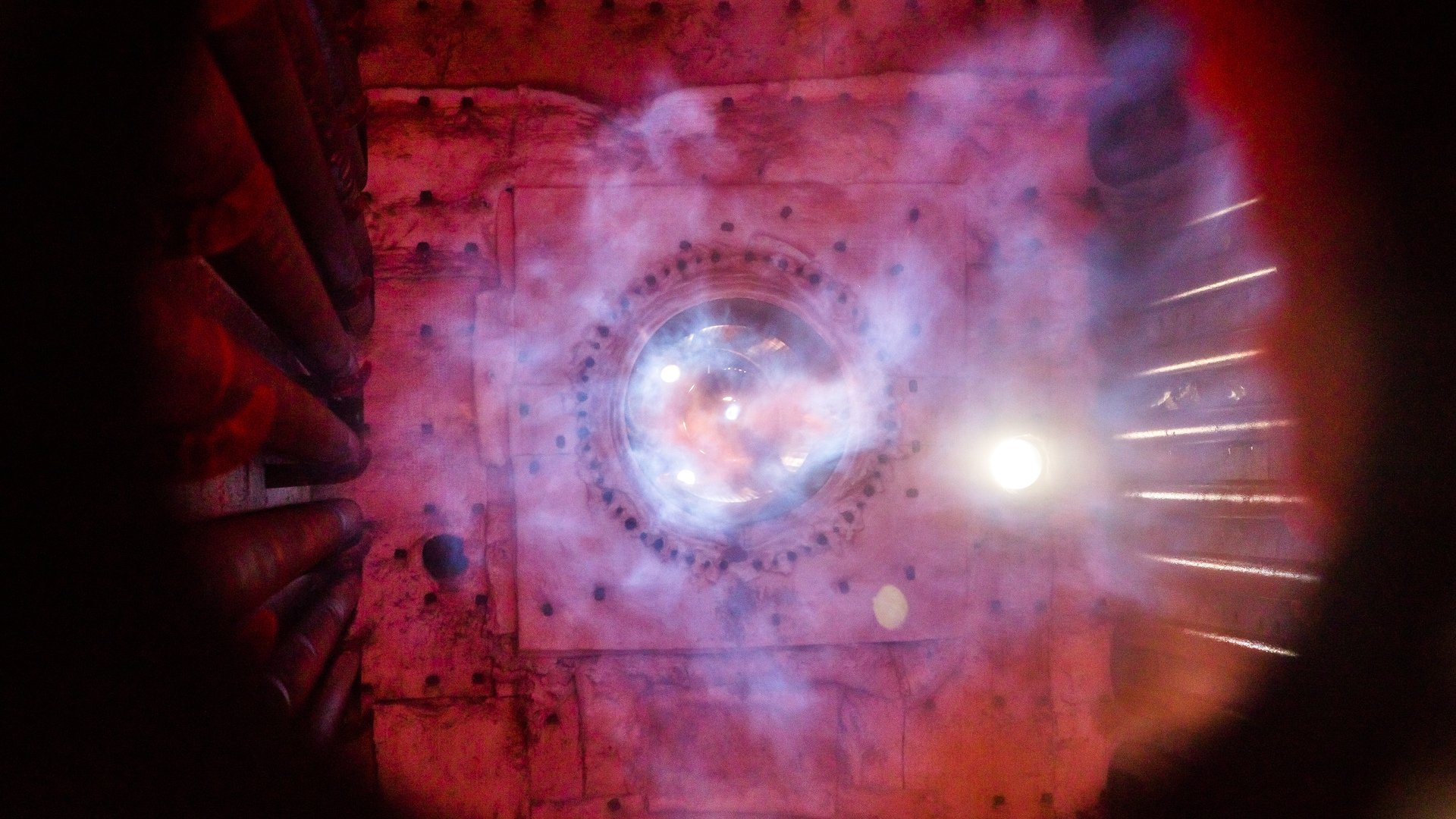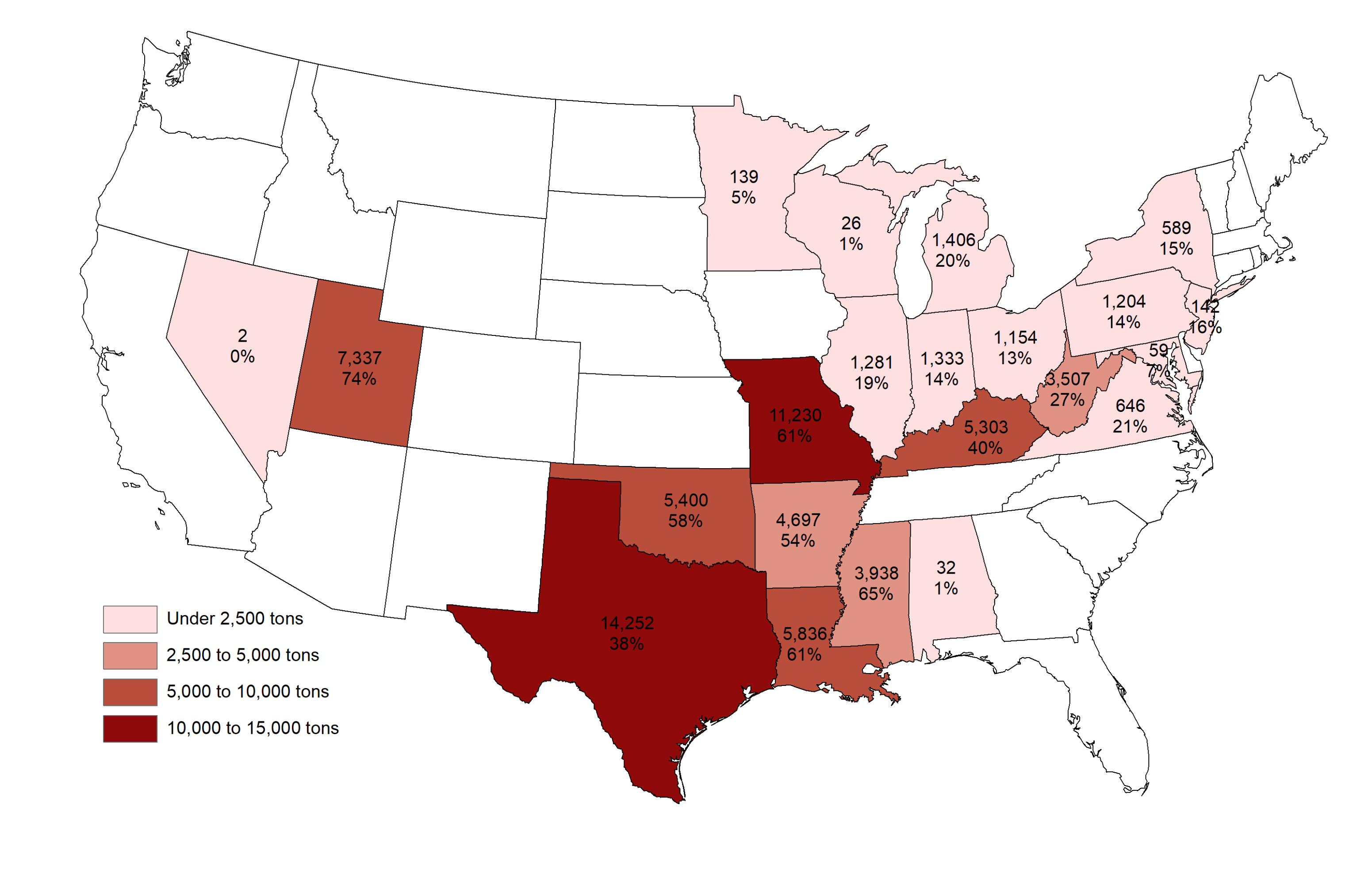
Solving for The Good Neighbor Plan
What is the Good Neighbor Plan?
The Good Neighbor Plan is a set of rules issued by the U.S. Environmental Protection Agency (EPA) in March 2023. The plan outlines rules and regulations that power plants and other industrial sectors must follow to secure significant reductions in ozone-forming emissions of nitrogen oxides (NOx). The Good Neighbor Plan specifically seeks to prevent emissions created in upwind states from traveling to downwind states during the ozone season (May 1 - September 30). The EPA estimates this action will result in cleaner air and better health for millions of people in downwind communities.
What States Are Affected by the Good Neighbor Plan?
There are 23 states that will need to comply with the Good Neighbor Plan. The below graph from the EPA outlines which industries are affected in each state.
Those states are:
- Alabama
- Arkansas
- California
- Illinois
- Indiana
- Kentucky
- Louisiana
- Maryland
- Michigan
- Minnesota
- Mississippi
- Missouri
- Nevada
- New Jersey
- New York
- Ohio
- Oklahoma
- Pennsylvania
- Texas
- Utah
- Virginia
- West Virginia
- Wisconsin

States Covered Under the Power Plants and Other Industries Portions of the Final Good Neighbor Plan (source: EPA)
Reducing Power Plant Emissions
The EPA set a goal for 22 states to cut NOx emissions for coal, oil, gas, and steam power plants as quickly as possible. To accomplish that goal, the EPA is directing power plant operators to install state-of-the-art emissions controls, such as low-NOx burners, at power plants in a phased approach starting in 2024. Additionally, the EPA is allowing these states to enter an emissions trading program to meet emissions reduction goals. The emissions budget for this program is set to decline by 50% by 2027 from the 2021 ozone season as power plants are upgraded to reduce NOx emissions.

Power Plant Ozone Season Emissions Reductions in 2027 Relative to 2021 Under the Final Good Neighbor Plan (source: EPA)
What Other Industries and Equipment Are Affected by the Good Neighbor Plan?
The EPA is setting enforceable NOx emissions control requirements for nine large industries in 20 states for new and existing emissions sources that have significant impacts on downwind air quality. The EPA aims to reduce NOx emissions by 15% by 2026 when compared to NOx emissions levels in 2019. Below is a list of industries and equipment affected by the plan.
Reciprocating Internal Combustion Engine Type and Fuel |
NOx Emissions Limit |
|
Natural Gas Fired Four Stroke Rich Burn |
1.0 g/hp-hr |
|
Natural Gas Fired Four Stroke Lean Burn |
1.5 g/hp-hr |
|
Natural Gas Fired Two Stroke Lean Burn |
3.0 g/hp-hr |
Kiln Type |
NOx Emissions Limit (lb/ton of clinker) |
|
Long Wet |
4.0 |
|
Long Dry |
3.0 |
|
Preheater |
3.8 |
|
Precalciner |
2.3 |
|
Preheater/Precalciner |
2.8 |
|
Reheat Furnaces |
Test and set limit based on installation of Low-NOx Burners |
Furnace Type |
NOx Emissions Limit (lb/ton of glass produced) |
|
Container Glass Manufacturing Furnace |
4.0 |
|
Pressed/Blown Glass Manufacturing Furnace or Fiberglass Manufacturing Furnace |
4.0 |
|
Flat Glass Manufacturing Furnace |
7.0 |
Boiler Unit Type |
Emissions Limit (lbs NOx/mmBtu) |
|
Coal |
0.20 |
|
Residual Oil |
0.20 |
|
Distillate Oil |
.12 |
|
Natural Gas |
0.08 |
Combustor or Incinerator, Averaging Period |
NOx Emissions Limit |
|
ppmvd on a 24-hour block averaging period |
110 ppmvd |
|
ppmvd on a 30-day rolling average period |
105 ppmvd |
How Can Zeeco Help You Comply with the Good Neighbor Plan?
Since 1979, Zeeco has been designing combustion systems that comply with current and future regulations. With decades of experience in developing low-NOx and ultra-low NOx burners for industries around the world, Zeeco is positioned to assist customers with their transition to complying with the Good Neighbor Plan. From inquiry to commission, Zeeco's dedicated Power division is ready to help you every step of the way.
Low-NOx Burners
The ZEECO® GB Burner is engineered to solve complex issues, simply. This axial, parallel-flow, register-type burner, is based on a design proven in the combustion industry for more than 40 years. By employing advanced fuel and air staging techniques and incorporating the Z-Jet™ staged gas manifold, it can reliably achieve emissions as low as 18 ppm with Flue Gas Recirculation (FGR), while eliminating flameout or flash back. Flexible and dependable, the GB design can be fired with or without FGR, with multiple fuels, and across both single and multi-burner applications. With no moving parts, the GB burner is engineered for quick startups – typically completed in a week with little to no field adjustment.
Ultra-Low NOx Burners
The ZEECO® FREE JET Burner has delivered ultralow NOx performance for more than two decades, utilizing advanced fuel staging techniques and patented technology to reduce emissions. The FREE JET uses a center-fired gas burner with an air swirler to provide a stable core flame while our gas ring directs fuel around the periphery of the burner throat. The FREE JET design incorporates enhanced fuel staging and aspirates flue gas internal to the furnace, resulting in superior ultralow NOx performance. The FREE JET design reduces – and in many cases eliminates – the need for Flue Gas Recirculation (FGR).
Duct Burners
The next generation ZEECO® TEG+ Duct Burner provides the most reliable supplementary firing system available for today’s demanding HRSG and Turbine Exhaust Gas (TEG) applications. Our self-supporting burners eliminate the need for internal fixed structural support, which can cause binding and overall deformation – dramatically reducing installation time and material costs. TEG+ burners use flame stabilizers featuring an optimized drilled wing orifice pattern to create a short, compact flame. The nozzle design features pilot flame propagation drilling and varying orifice sizes throughout the runner to ensure highly reliable ignition, even temperature distribution, and consistent flame pattern.
Zeeco Power Services and Solutions
See Why Power Facilities Partner with Zeeco
- Design
- Engineering
- Safety Analysis and Assurance
- Equipment Purchasing
- Fabrication


